As any expat who has made Singapore home will tell you, the Little Red Dot has a fascinating history and a rich cultural heritage. But how well do you really know your adopted home? Here are some quirky facts about Singapore for trivia buffs that you can use to impress your friends!
Singapore trivia
#1 An authentic Singapore Sling contains gin, Cointreau, cherry brandy, Dom Benedictine, pineapple juice, Grenadine, Angostura bitters and lime. The drink was first served in the Long Bar of Raffles Hotel in 1915, and, of course, you can still order it there today.
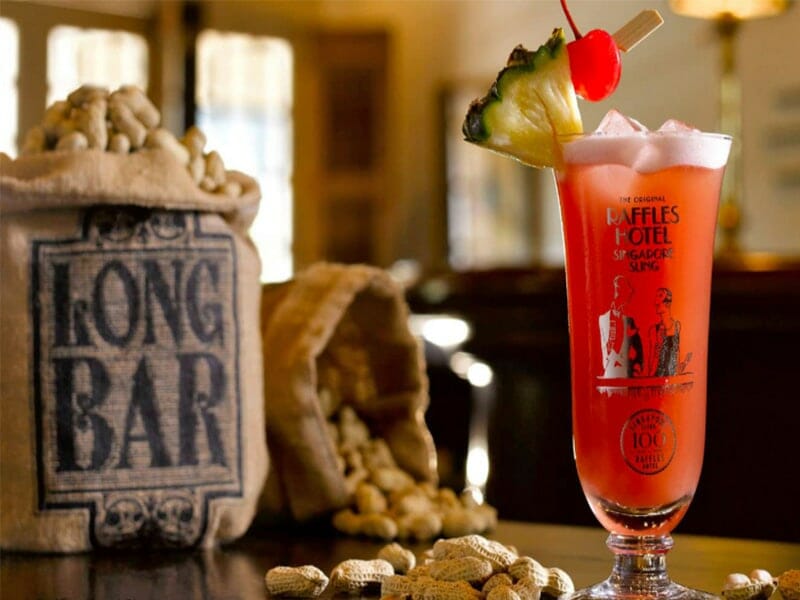
#2 The longest human tooth ever extracted was removed from a patient in Singapore, in 2009. It measured 3.2 centimetres in length.
#3 Singapore is one of the 20 smallest countries in the world, with a total land area of just 737.7 square kilometres. That is 12 times smaller than the London metropolitan area. (Speaking of size, Singapore is 26 percent bigger in 2025 than it was in 1960, thanks to land reclamation.)
#4 When it opened in 2008, the Singapore Flyer rotated in a counter-clockwise direction as viewed from the Marina Centre. Later that year, it was reversed on the advice of Feng Shui masters.
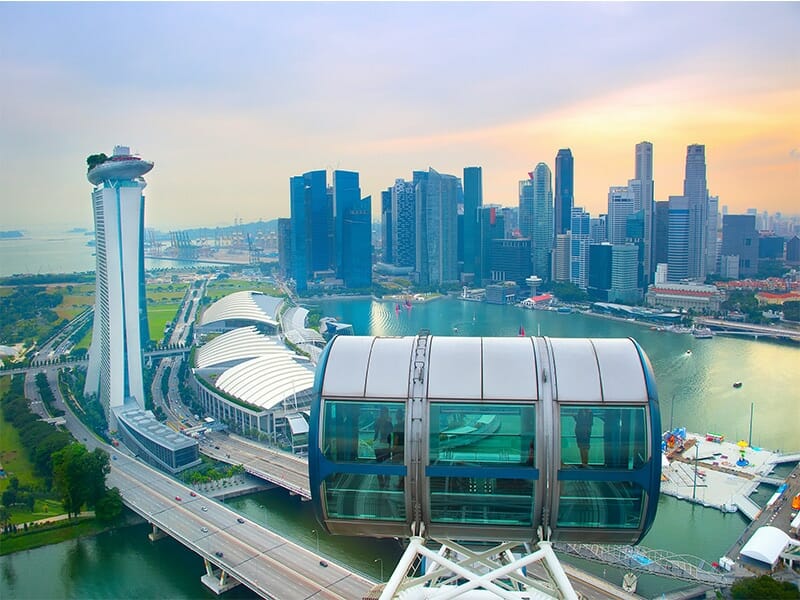
#5 Singlish (Singaporean English) includes words from English, Malay, Hokkien, Teochew, Cantonese, Tamil, Bengali, Punjabi and more. Some words you might hear are: “lah”, “lor”, “leh”, “meh”, “kena”, “kiasu”, “liao”, “makan”, and (instead of “yes” or “no”) “can” and “cannot”.
#6 At least 85 percent of Singapore’s residents live within a 400 metre walk of a park, making the country one of the greenest cities in the world. These parks are connected by the Park Connector Network (PCN) that connects parks across the nation.
#7 Guoco Tower, which opened in 2016, is Singapore’s tallest building at 283.7 metres, claiming the record after permission was granted for it to go above the usual height restriction of 280 metres. The limit is set because no part of the island is far enough away from Changi Airport to allow for taller construction.
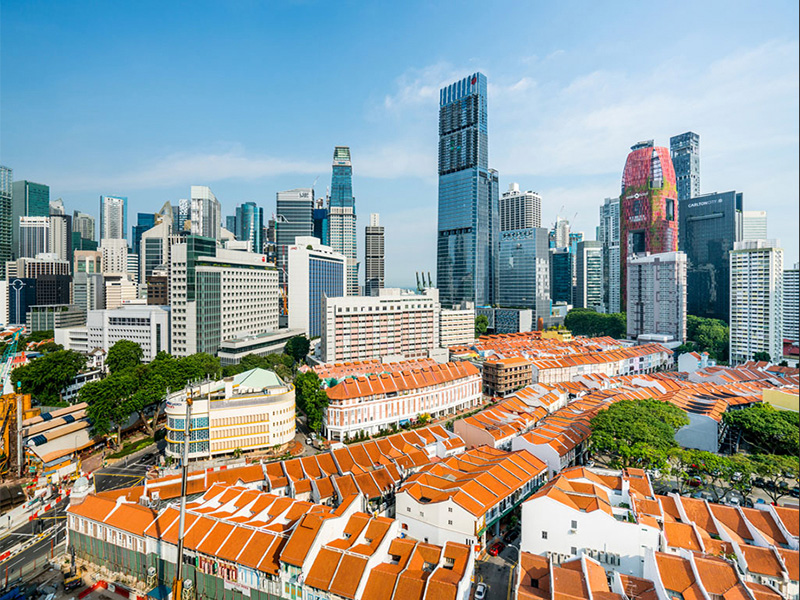
#8 Singapore is home to a population of Sunda pangolins (scaly anteaters). They live mostly in the Central Catchment Area, and each adult can eat around 70 million insects a year.
#9 The city state was once a pirate haven! Before being established as a British trading post, throughout the 1800s, pirates used the island as a base of operations in the region.
#10 The World Toilet Organisation was founded in 2001 in Singapore, where its headquarters remain. It’s a global non-profit organisation that aims to improve toilet conditions around the world.
#11 Singapore is hot – day after day after day. Except for 31 January 1934, that is, when the island recorded its lowest ever temperature: a not-very-chilly 19.4°C.
#12 Singapore has more than 9,500 kilometres of roads which, stretched from end to end, would cover the distance from here to Hong Kong.
#13 Singapore’s entire national anthem, Majulah Singapura, is micro printed in tiny text on the $1,000 note – but you would need a magnifying glass to read it!

#14 According to the British Council, Singaporeans have the fastest walking speed in the world – an average of 18 metres in 10.55 seconds. That’s also how fast bumblebees fly.
#15 On Singapore’s flag, red symbolises equality, white signifies virtue, the crescent moon represents a nation on the rise, and the five stars signify democracy, justice, peace, equality and progress.
#16 In March 2015, an SG50 time capsule containing 50 items representative of Singapore was sealed and kept in Gardens by the Bay. It’s to be opened in the year 2065.
#17 Singapore’s name derives from the Sanskrit words for “lion” and “city”, though studies suggest that lions have never lived here. Sang Nila Utama was the prince who coined the name in the 13th century after seeing a wild Malayan Tiger, which he mistook for a lion.
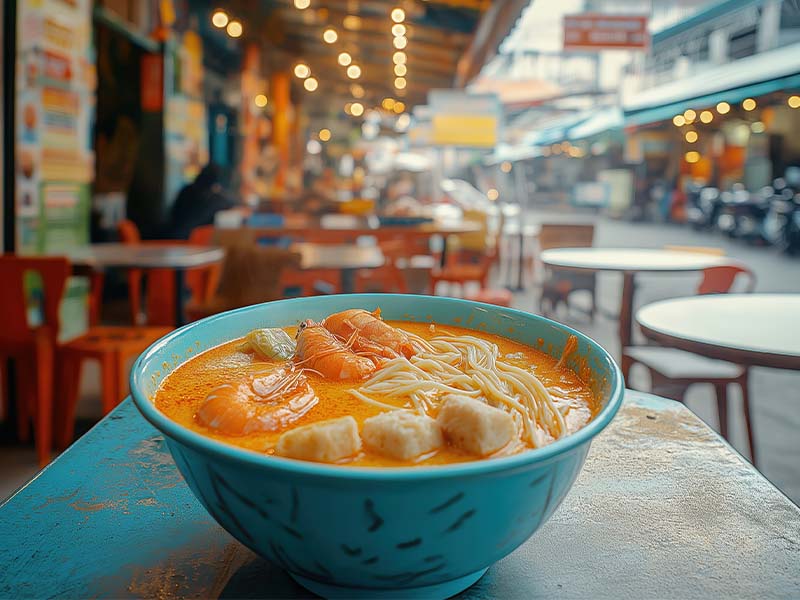
#18 Singapore’s oldest bridge that is still in use is Cavenagh Bridge (1869). An original sign next to the bridge warns that horses and cattle are not allowed to cross.
#19 The “Katong laksa war” did not involve an actual food fight, but instead was a food feud (some would say an ongoing one) among certain hawker stall-owners who wanted to be recognised as the purveyor of the first or best laksa in the area. Settle the rivalry by trying all the laksa stalls for yourself!
#20 Singapore is made up of the main island and 63 smaller islands. Everyone knows Pulau Ubin, but have you heard of Pulau Biola (Violin Island) or Pulau Jong (Junk Island)?
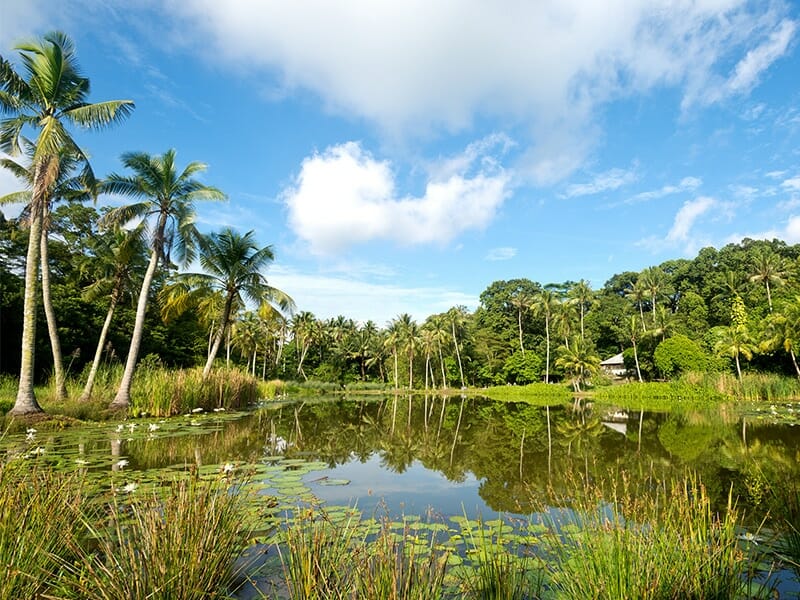
#21 The most common surnames in Singapore are Tan, Lim and Lee.
#22 Singapore is in the northern hemisphere – but only just. It’s 137km north of the Equator.
#23 The Johor-Singapore causeway measures just over a kilometre in length and has around 300,000 travellers crossing it each day. It opened in 1923.
#24 Singapore’s main agricultural exports (yes, it has some!) are rubber, copra, fruit, vegetables, poultry, eggs, fish, orchids and ornamental fish.
#25 There are six “official” Merlion statues in Singapore (it was seven before the one on Sentosa got taken down). In 2009, the main Merlion near Marina Bay was struck by lightning and damaged.
#26 Singapore’s first cinema, the Paris Cinematograph, opened in 1904 in Victoria Street – it screened four films a day. The first air-conditioned cinema was the Cathay, which opened in 1939. In 2025, there are 36 cinemas around the island.
#27 CHIJMES is now a restaurant and bar enclave, but it was once the Convent of the Holy Infant Jesus (hence the acronym) and also the location of the “Gate of Hope”, a place where people would abandon unwanted babies
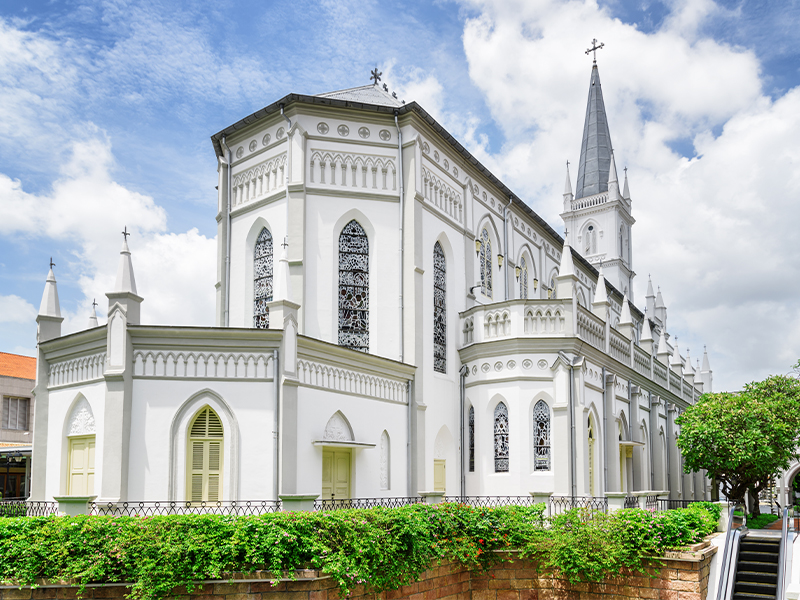
#28 Boat Quay was once colloquially referred to as “the belly of the carp” because of the shape of the Singapore river at this point.
#29 The Bukit Timah Nature Reserve is said to contain more species of trees than the entire North American continent.
#30 Singapore’s 30 or more species of frog include the Yellow-bellied Puddle Frog, the East Asian Ornate Chorus Frog and the Saint Andrew’s Cross Toadlet.
#31 The end of the “nightsoil” phase of the city’s sanitation system came in 1987 when the last nightsoil bucket was collected from an old-style latrine.
#32 The Malayan flying fox, the world’s largest “mega bat” with a whopping wingspan of up to 1.7 metres, can be found on Pulau Ubin, one of the islands off the mainland.
#33 Apart from Monaco, Singapore is the most densely populated country in the world.
#34 All those malls, hotels, streets and MRT stations called “Raffles” are named after the British statesman Sir Thomas Stamford Bingley Raffles who, in the early 1800s, laid the groundwork for an independent Singapore by helping local people establish schools, businesses and churches.
For more info like this, see our Living in Singapore Section or find the best things to do in Singapore. This article first appeared in Expat Living’s City Guide. You can purchase a copy or subscribe to our monthly magazine so you never miss an issue!
![]()
Don't miss out on the latest events, news and
competitions by signing up to our newsletter!
By signing up, you'll receive our weekly newsletter and offers which you can update or unsubscribe to anytime.



